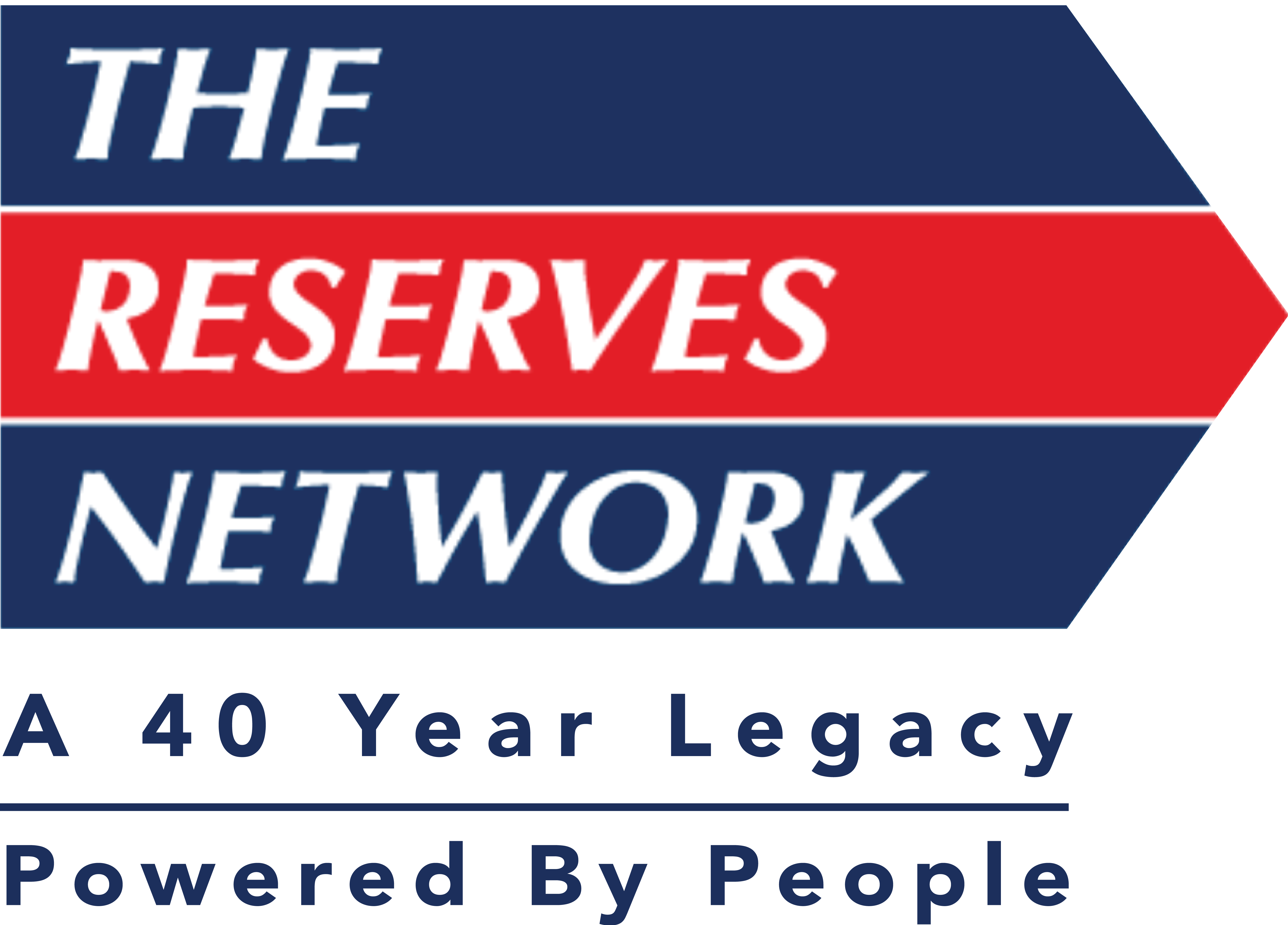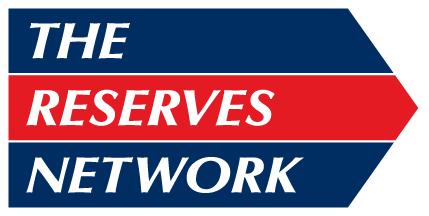4 Key Strategies to Bridge the Work-Skills Gap
Everyone knows that square pegs and round holes don’t mix. But what happens when your employees (your square pegs) don’t have the skills needed to do the work you need (your round holes)?
In a perfect world, all employers would have workers with the perfect combination of skills to do their jobs effectively. Likewise, employees would have no problems matching their skill set with employers’ requirements. Unfortunately, this rarely happens in today’s job market.
The rise of work-skills gaps has left many employers with no choice but to make do with employees who don’t have the educational background or work experience to handle their responsibilities and tasks efficiently. Obviously, these kinds of haphazard operations are not sustainable for any business.
Good news – it doesn’t have to be this way, not when there are ways to bridge the work-skills gap. Below are four strategies you can try.
-
Work with the Academic Community
Today’s businesses need to do a better job of working with academia and communicating what specific skills they need from graduates.
Sometimes, it’s not about the curriculum or standards, but more about a lack of complementary skills in many graduates. These can include writing skills for STEM graduates or a keen interest in the sciences from liberal arts graduates. Your company can reach out to a local community college or university, offering your insights on the kind of skills your industry needs.
-
Develop an Internal Skills Training Program
Let’s face it – academic institutions can only do so much in giving their graduates the skills to start working. To supplement, put your recruits, and even existing staff, through internal training programs that help them develop specific skills they need to do their jobs. You can also collaborate with an external organization that specializes in training and continuing education to help develop your employees.
-
Re-Evaluate Your Skills Requirements
Many employers are guilty of swinging for the fences when setting the skill requirements of their positions. There’s nothing wrong with wanting to recruit top talent, but your unrealistic skills and experience requirements may be hurting your ability to fill positions in your company. For example, don’t immediately dismiss a candidate with a portfolio that blew you away because they never completed their graphic design degree.
-
Build a Talent Pipeline to Nurture Top Employees
As technology continues to evolve and create demand for higher-skills occupations, it will become harder to fill certain jobs in the near future. You can prepare for this eventuality by creating a talent pipeline that keeps top employees engaged in your company, providing them with the means to qualify for industry certifications and develop their skills.
Not only will this ensure you have the talent in place for hard-to-fill positions, it also helps create a system of transferring skills from top talents to new recruits through mentorship.
If your company is facing recruitment issues due to a work-skills gap, let the staffing services specialists of The Reserves Network help you fill your open positions. Call our offices to learn more about our recruitment solutions.




